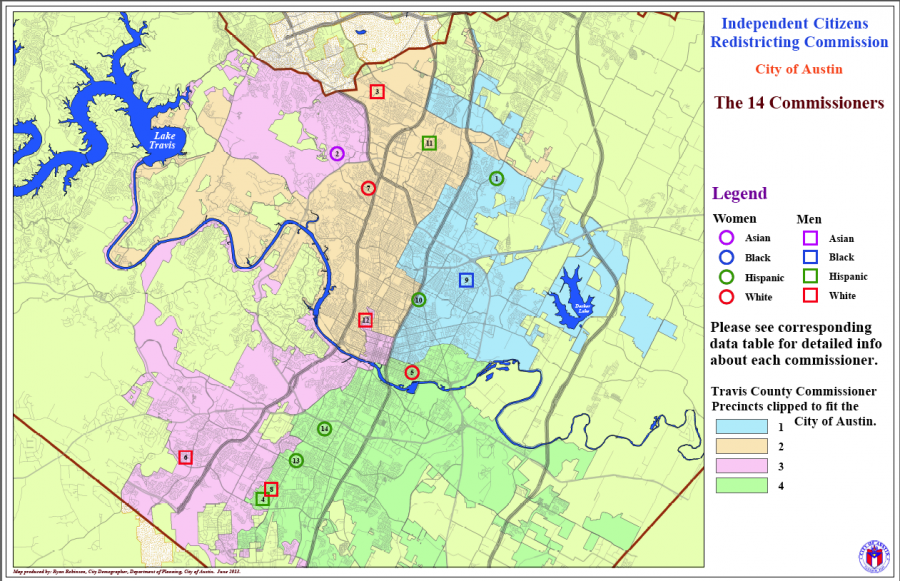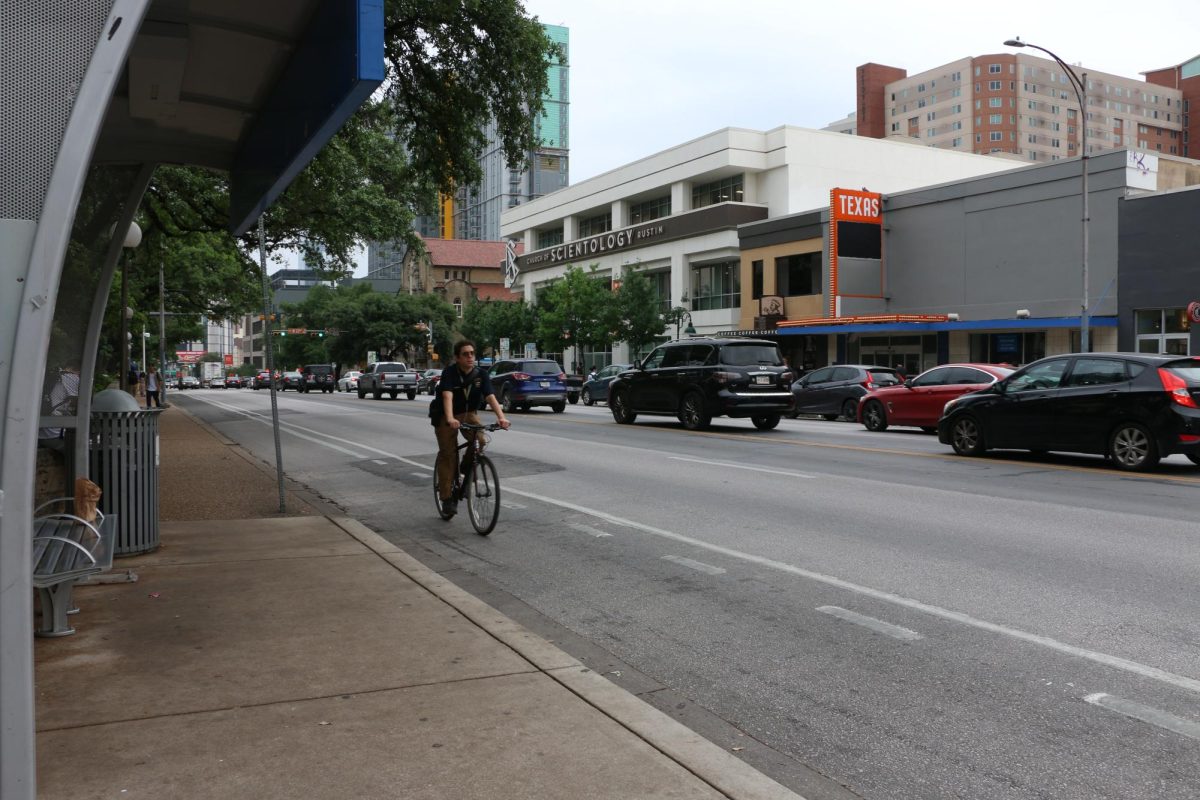City Council members will soon represent 10 districts in Austin, though the district lines are being discussed in public forums throughout the fall.
A 14-person commission of citizens is working on a new redistricting plan called 10-ONE, which focuses on giving each area of Austin representation in City Council.
In a commission meeting psychology sophomore Ryan Rafols, the only student commissioner, said creating a district with a large student population would be beneficial for Austin.
“It just makes perfect sense to have a student district,” Rafols said. “There are skyrocketing rent prices, transportation issues, all these problems with crime … These are all major issues that affect the student population.”
Between 15 and 20 percent of Austin’s population is made up of students, Rafols said.
“Since students are such a big segment of the city, it’s something that we’ll have to take into consideration,” 10-ONE Executive Director Craig Tounget said.
Mary Ingle, vice president of Austin Neighborhoods Council, said in order for there to be a district primarily covering West Campus, there must be 78,000 registered voters in the area. Students in West Campus are underrepresented because even though it is the densest neighborhood in Austin, very few residents filled out census cards in 2010, Ingle said.
“The census cap for the redistricting isn’t adequate enough for the number of people that live there,” Ingle said. “It’s not going to make a difference to the redistricting effort.”
This is the first time in Texas that a group of citizens, instead of a political group, has been in charge of redistricting, Tounget said.
Currently, voters choose seven Austin City Council members in a city-wide election, but those members do not necessarily have to be from different areas of Austin. After redistricting, the City Council will consist of 10 members, one from each district in Austin.
“Some of the areas have felt that they have been underrepresented,” Tounget said. “It’s going to give [underrepresented people] an opportunity to elect someone from their area to represent them.”
The federal Voting Rights Act, written to prevent voting discrimination, is a priority on the 2012 City Charter Amendment that started this project, commission member Rachel Farris said.
The Voting Rights Act requires that some districts must be minority-opportunity districts that allow minority groups to elect a representative, Tounget said.
In addition to aligning with the Voting Rights Act, the commission will consider factors such as natural boundaries, neighborhoods and school districts.
Rafols said he expects the City Council to be as diverse as the commission is.
“It’s politically unfair to give someone more of a say in politics than anyone else,” Rafols said.
Each district will include about 80,000 people, Tounget said.
Between 450 and 500 people applied for the commission, and a group of local auditors chose the 60 most qualified applicants. Eight of those 60 people were chosen randomly, and to ensure balanced geographic and ethnic diversity, those eight people chose six others.
The commission held four public input meetings regarding district boundaries in August, one for each precinct, and will hold four more in September.
The commission will release a preliminary map in late September or early October and then hold at least four more public hearings, Tounget said.
Most of the input has focused on keeping school districts and residential neighborhoods together. The commission intends for one of the meetings to be at the University, Tounget said.
“I really enjoy hearing what people have to say at the public input hearings,” Farris said. “It’s really incredible to see the creativity and passion people have in their neighborhoods.”





















